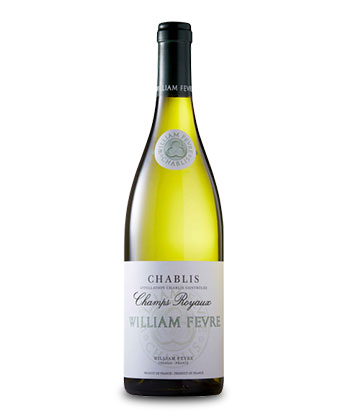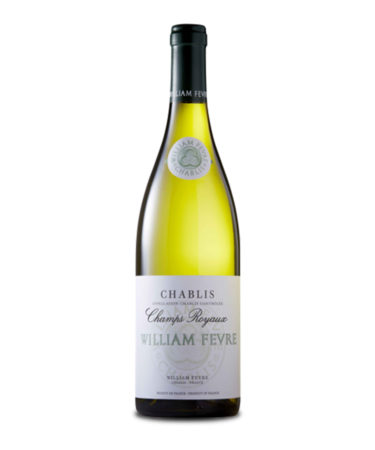Back in the day, when America was a less sophisticated wine-drinking country, “Chablis” often meant a jug of white wine that sat in the fridge or on the kitchen counter at your grandparents’ house, produced by such California wine behemoths as E. & J. Gallo under its own name or its Carlo Rossi brand. The company borrowed the name, to put it kindly, from the Chablis appellation of Burgundy, and Americans thought they were getting a taste of France in a cheap California jug.
Rossi’s “Chablis” still appears to be going strong with subsequent generations, and under U.S. government appellation laws, wine companies like Gallo can still use now-protected names like Chablis and Champagne if they started doing so before 2006.

But as this country has become more wine savvy, many wine enthusiasts probably know by now that Chablis is, in fact, the northernmost appellation of Burgundy — and that the Chardonnay produced there is as far from “fine California table wine,” as Gallo describes it, as California is from Burgundy.
William Fèvre’s 2017 Chablis “Champs Royaux” easily proves the point. This excellent Chablis, priced at about $23, showcases the region’s unique terroir with its soils of clay and limestone, the latter often marked by fossilized oysters from the Kimmeridgean age around 150 million years ago.
These soils produce a minerality in taste and texture that gives Chablis its signature and makes it, in my view, the world’s only Chardonnay produced without oak aging that achieves the kind of dimension and complexity for which Chablis is famous.
In Fèvre’s Chablis, there is a nice balance between the mineral component and stone fruit notes, mainly white peach and apricot, with a creamy touch that rounds things off. Right now, the wine is young and fresh, perfect for summer sipping with simple fish and shellfish, or on its own. I suspect that it will be even better in a year or two.
Taste this or other authentic Chablis, and you’ll understand why the jug-wine guys couldn’t resist importing the name, back in the day.
